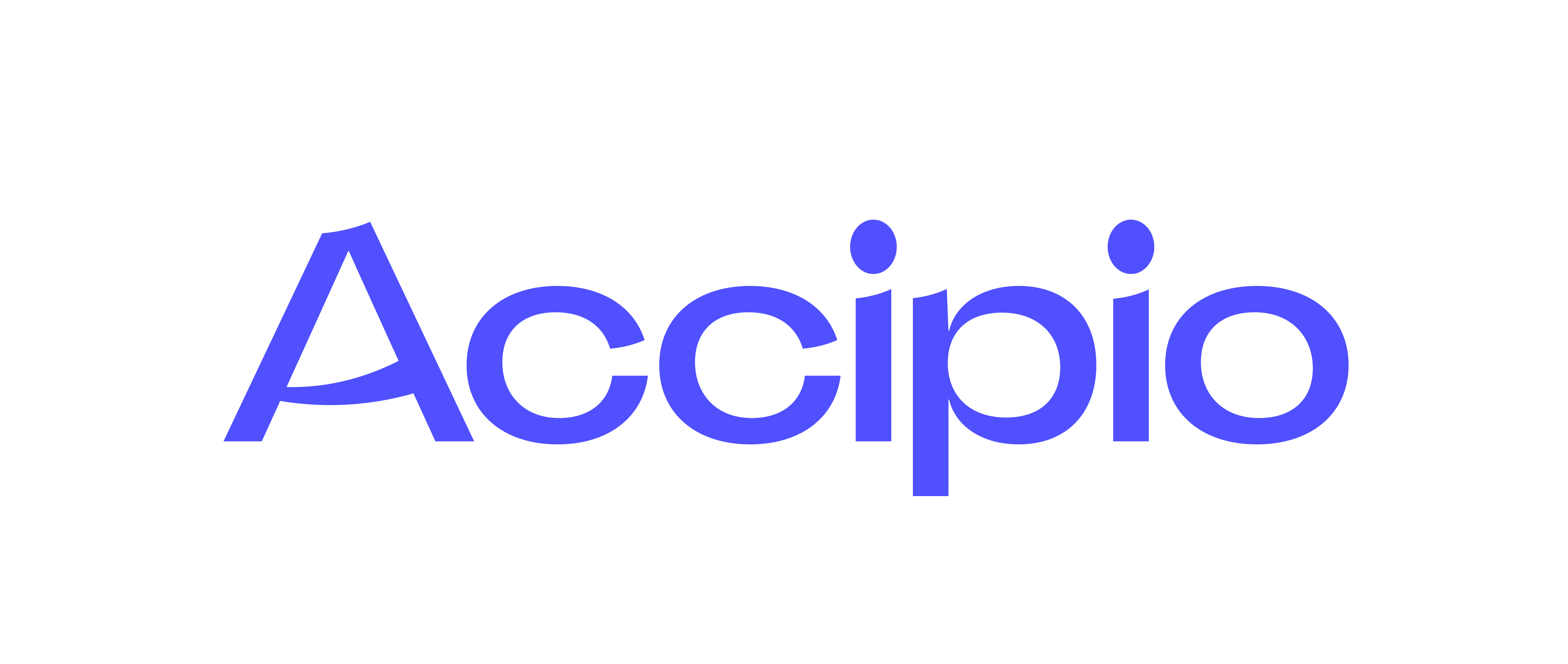14 Apr Coaching Models
“Coaching is a process, trust the process…”
This simple but true quote is attributed to Eric Parsloe. At the heart of any coach’s approach is usually some form of coaching model. The model enables the coach to explore the topic or issue with the learner in a logical, clear and developmental way. It also provides a basis to allow the use of coaching techniques with the learner. Using a model also assists the learner too, introducing a familiar, safe and understandable language to them. More experienced coaches may use models in slightly different ways or not in the original format but that’s ok too!
There are numerous models out there used by coaches, either in different circumstances, or for different outcomes. Many consultancies develop their own ‘new model’ for coaching. But at the heart of many of these models is the one developed by Sir John Whitmore in his book ‘Coaching for Performance’, it is the one we are all familiar with – GROW.
Goal
Reality
Options / Opportunities
Wrap up
Myles Downey added to this simple model with including ‘T’ at the start of the model to give us TGROW. The purpose of the ‘T’ serves to gain the clarity on what area the learner initially wants to focus on. It also allows the coach to expand on the topic area, before seeking what the learner wants to try and achieve, their Goal.
The use of a model serves several functions:
- Provide a structure to the coaching approach for the coach
- Provide consistency and familiarity for the learner within sessions
- Ensure the issue is fully explored and solutions identified
The model and process is typically explored in the prescribed sequence. There should be very little stepping back to parts of the model already covered. This can be confusing for both parties and impact upon effectiveness of the session. Occasionally something might be discussed which forces the coach to step back to the objective or goal and clarify it again. Sometimes what a learner says is the goal actually isn’t!
GROW model explained
Model Part |
Explanation and purpose |
Goal |
Exploring the goal with the learner helps them to clarify what exactly it is they want to achieve overall or in a particular session. Both coach and learner need to have clarity and agreement over the goal, or it will impact on the coaching conversation. Goals should be precise, measurable and succinct, they should be meaningful and stretching to the learner so that they can have a sense of achievement when completed. The coach may have to spend time teasing out what the goal is and ‘what success’ to the learner looks like, before moving forward.
|
Reality |
Once the goal is achieved, the coach can explore with the learner what has brought them to this point, what they have tried, what is the current situation from the learner’s perspective, what barriers have they come up against, how confident are they, who have they involved? Doing this gives the coach valuable information and a more complete picture of the learner’s situation. As the learner explores their reality it will also provide more awareness and clarity for them.
|
Options |
Once the learner’s situation has been explored the coach can begin to open up through questions the ideas, approaches, behaviours, language and activities the learner could use. Often the coach will get the learner to identify a number of options and then ‘deep dive’ them individually for the learner to identify the implications of each option, the validity of each in order to determine which one(s) might be best to move forward with. The coach will work with the learner to identify the skills, behaviours and language needed to achieve their chosen option.
|
Wrap-up |
This is the ‘action’ part of the model. Gaining the learner’s commitment to actioning their chosen option. Support mechanisms, timeframes, barriers and coach support will be discussed. This will give both learner and coach confidence that the activity can and will be carried out. |
Whilst you may learn one particular coaching model initially, when you become confident with the process, flow and questions, you can then look to find a model that more suits your style or the learner need. It is important to stick with one model with your learner, swapping mid session and without explanation could be confusing.
Some other coaching models are shown below:
ACHIEVE – Dr. Sabine Dembkowski & Fiona Eldridge
A – Assess the current situation
C – Creatively brainstorm alternatives
H – Hone goals
I – Initiate options
E – Evaluate options
V – Validate an action program design
E – Encourage momentum
OSKAR – Paul Z. Jackson & Mark McKergow
Outcome of coaching that is expected
Scaling the situation on a slide of 1 to 10
Know-how and resources available
Affirm plan and take action
Review what worked
CIGAR – Full Potential Group
C – Current reality
I – Ideal
G – Gaps
A – Action
R – Review
GROWing you knowledge of the GROW coaching model
- Research on the internet how the GROW model is used. What did you learn about it and the process?
- Look at the session on Coaching Questions and create a number of questions which fit each of the GROW parts.

